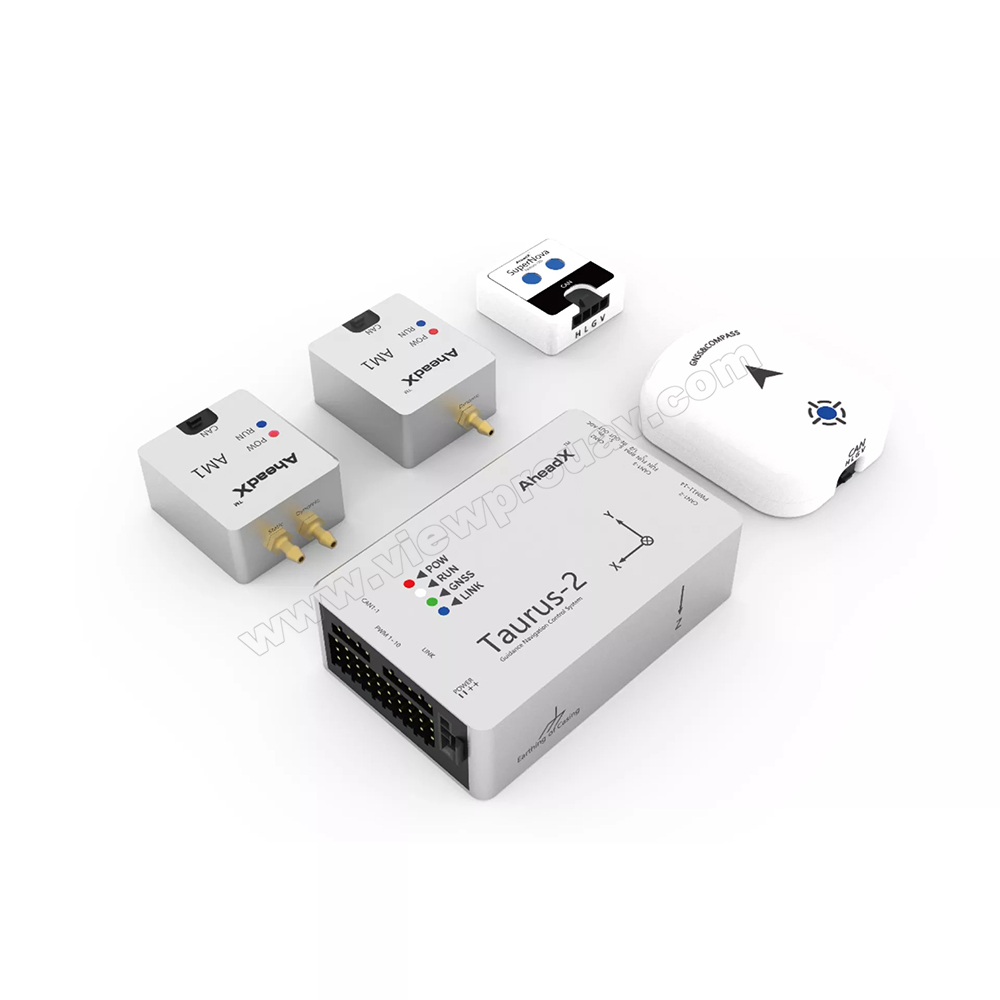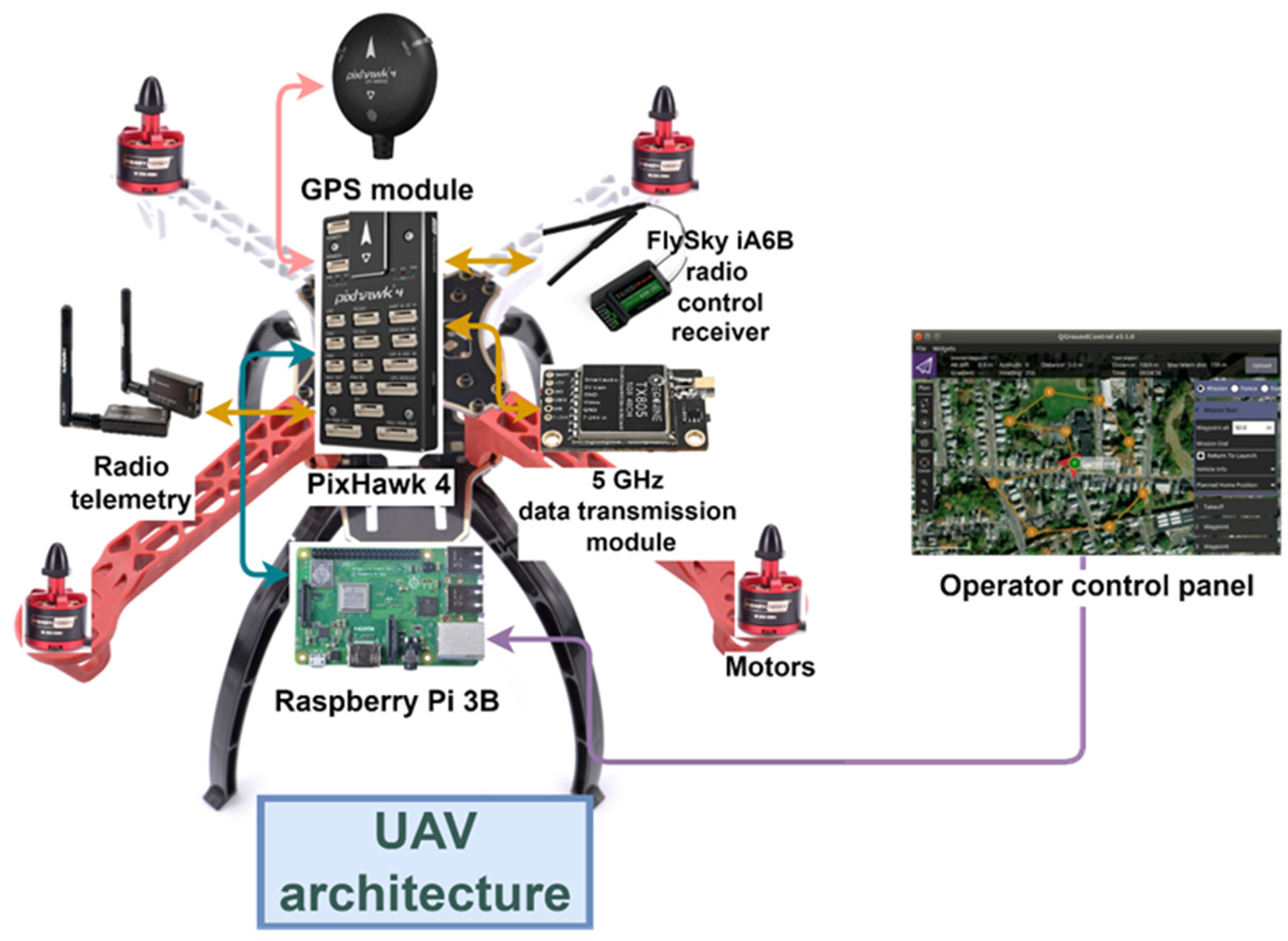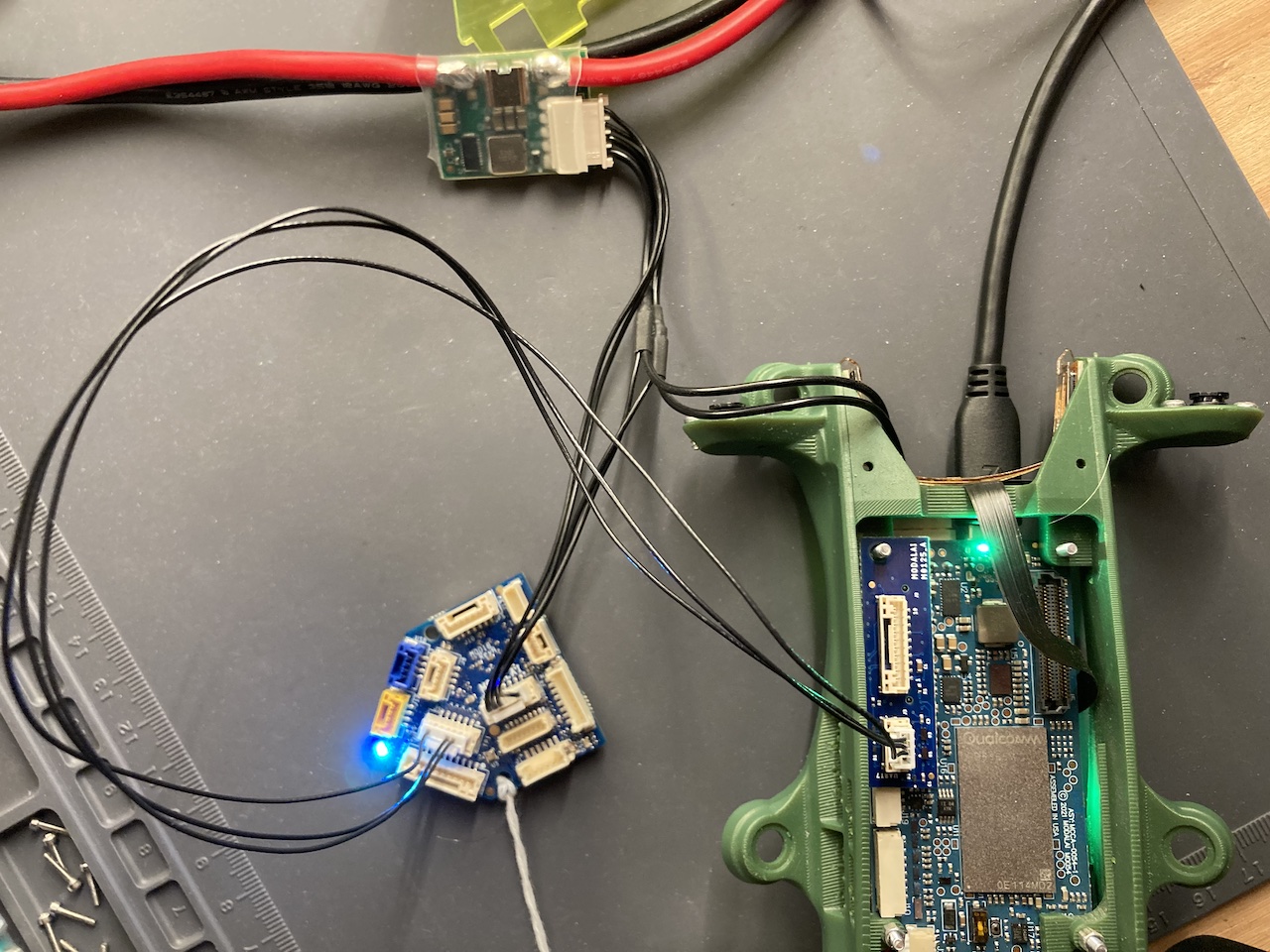SparkNavi Drone Flight Controller and GNSS/INS Made in Taiwan: Cutting-Edge Solutions for UAVs
SparkNavi Drone Flight Controller and GNSS/INS Made in Taiwan: Cutting-Edge Solutions for UAVs
Blog Article
Discovering the Function of Drone Trip Controllers in Enhancing Trip Security and Navigation Efficiency
The development of drone innovation has actually dramatically boosted the importance of trip controllers, which serve as the brain of these airborne automobiles. By integrating real-time data from a variety of sensors, trip controllers boost trip security and navigation effectiveness, making certain that drones can operate smoothly even in intricate environments.

Understanding Trip Controllers
Flight controllers are essential components in the performance of drones, working as the brains that manage and support trip procedures. These innovative gadgets process information from various sensing units, including accelerometers, gyroscopes, and GPS, to make certain that the drone preserves its intended trip course. The trip controller analyzes this information and implements commands based upon pre-defined formulas, allowing the drone to react to ecological adjustments, such as wind or challenges.
The key feature of a flight controller is to preserve stability throughout flight. It accomplishes this by making real-time changes to the drone's motors and control surfaces, making certain balance and control. In addition, modern trip controllers incorporate sophisticated features such as waypoint navigating, enabling for automated flight courses and improved operational effectiveness.
Recognizing the design of trip controllers is vital for both specialists and hobbyists. They commonly include a microcontroller, firmware, and different user interfaces for sensing unit input and interaction. As technology developments, trip controllers have come to be a lot more portable and qualified, integrating man-made knowledge to adapt and improve decision-making processes to complicated trip circumstances. This development represents an essential advancement in the drone market, paving the method for extra sophisticated applications and safer operations.
Secret Parts of Trip Security
Attaining optimum flight stability in drones relies upon several crucial parts that work in show to make certain smooth and controlled operations. Central to this stability is the flight controller itself, which processes information from numerous sensors to maintain the preferred trip perspective. This consists of accelerometers and gyroscopes that measure motion and orientation, permitting for real-time modifications to the drone's position.
An additional important component is the electronic speed controllers (ESCs), which manage the power supplied to the electric motors. By carefully adjusting motor speeds in reaction to flight controller commands, ESCs aid preserve balance and neutralize disturbances brought on by wind or abrupt activities.
Furthermore, the design of the drone's framework plays a critical duty in trip stability. A well-structured structure lessens vibrations and improves the overall wind resistant profile, adding to smoother flight attributes. The combination of advanced algorithms within the trip controller help in predictive modifications, ensuring a adaptable and responsive trip experience.
Together, these elements form a cohesive system that enhances a drone's security, enabling accurate maneuvering and boosted efficiency in various flight problems.
Navigating Efficiency Strategies
Efficiency in navigation is vital for maximizing drone operations, especially in intricate environments. Efficient navigating techniques enhance the capability of drones to go across challenging terrains and stay clear of obstacles, consequently enhancing functional performance and safety.
One famous method is the implementation of sophisticated general practitioners and inertial dimension devices (IMUs) that give precise location tracking and positioning data. These innovations allow drones to determine optimum flight paths in real-time, considering different variables such as wind problems and possible obstacles.
Another technique involves making use of algorithms for course preparation and optimization. Formulas such as A * and Dijkstra's formula can be released to establish one of the most effective route while lessening energy consumption and flight time. Incorporating maker learning versions can make it possible for drones to adaptively discover from their atmospheres, boosting navigation capabilities through experience.

Effect On Autonomous Drones
The assimilation of innovative navigation methods has greatly changed the abilities of self-governing drones, allowing them to run with higher freedom and precision. SparkNavi drone flight controller and GNSS/INS made in taiwan. These enhancements are primarily associated to sophisticated trip controllers that use real-time data processing and sensor blend, allowing drones to browse intricate environments seamlessly
The effect on autonomous drones prolongs beyond plain navigating; it encompasses enhanced challenge avoidance, improved stability during dynamic problems, and increased mission integrity. By leveraging algorithms that include artificial intelligence and fabricated knowledge, drones can adjust to transforming scenarios, making educated decisions that optimize their flight paths while lessening risks.
In addition, the execution of durable flight controllers has actually assisted in the implementation of complex jobs, such as airborne examinations, shipment solutions, and agricultural tracking, with minimal human intervention. This capability not just improves procedures yet additionally lowers human mistake, therefore improving total safety and security.
Consequently, the functional extent of self-governing drones has expanded considerably, making them essential devices in various markets. Their capacity to carry out effectively in diverse circumstances highlights the important function that advanced flight controllers play in forming the future of unmanned aerial systems.
Future Patterns in Flight Control
Frequently, improvements in trip control modern technology are positioned to redefine the landscape of drone operations in the coming years. Emerging trends suggest a significant change in the direction of improved expert system (AI) assimilation, allowing flight controllers to refine real-time data extra effectively. This development will certainly promote better decision-making capacities, enabling drones to adjust to dynamic ecological conditions autonomously.
Additionally, the application of maker discovering algorithms is expected to improve anticipating maintenance, thereby decreasing downtime and expanding the lifecycle of drone components. This positive strategy to upkeep will be vital as drone applications increase throughout numerous industries, from agriculture to logistics.

.jpg)
Last but not least, advancements in secure interaction protocols will address safety and regulative issues, making certain that drones can content operate flawlessly in congested airspaces (SparkNavi drone flight controller and GNSS/INS made in taiwan). Collectively, these trends point towards a future where flight control systems are not only smarter and much more effective but also capable of running securely in a progressively integrated airspace
Final Thought
To conclude, drone trip controllers are integral to boosting flight stability and navigation performance via the advanced handling of sensor data. By preserving optimum trip attitudes and employing sophisticated formulas for path optimization and obstacle evasion, these controllers significantly add to the autonomy and operational security of drones. As innovation continues to progress, better advancements in flight control systems are anticipated, promising enhanced efficiency and broadened capacities in the world of unmanned airborne vehicles.
By integrating real-time data from a range of sensors, flight controllers improve trip security and navigating performance, click over here now making certain that drones can operate smoothly even in complex atmospheres.Flight controllers are important parts in the functioning of drones, serving as the minds that take care of and maintain trip procedures. In addition, modern-day trip controllers include advanced features such as waypoint navigation, allowing for automated trip paths and boosted operational efficiency.
Central to this stability is the flight controller itself, which processes data from different sensing units to keep the wanted trip perspective.In verdict, drone trip controllers are integral to enhancing flight stability and navigation effectiveness with the innovative processing of sensor data.
Report this page